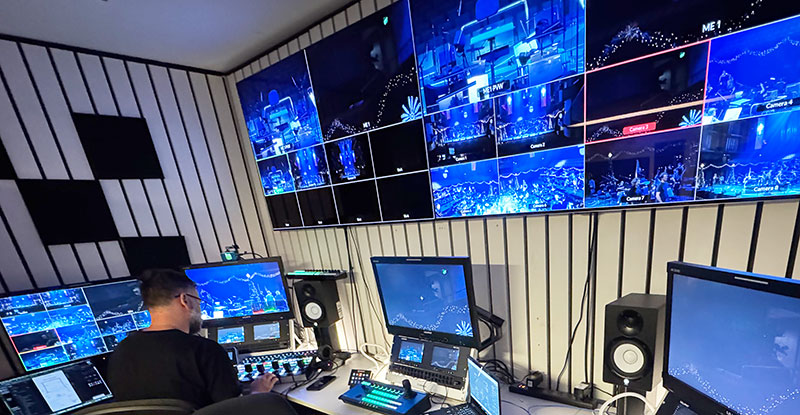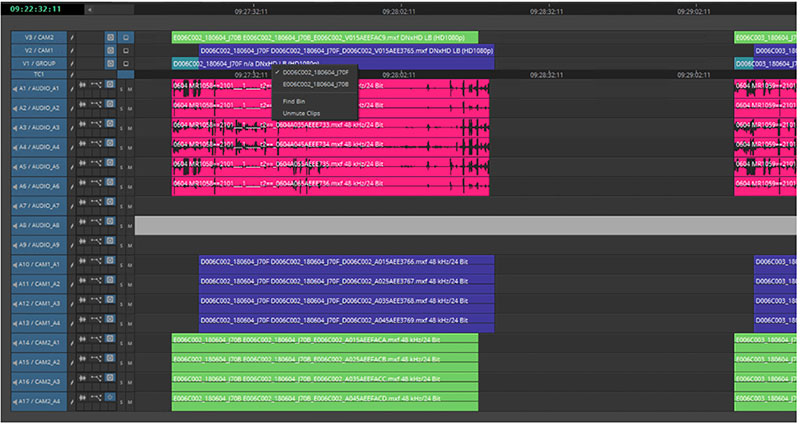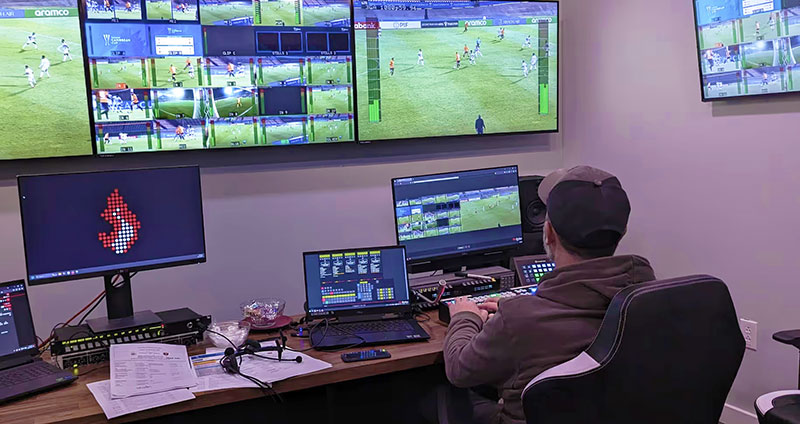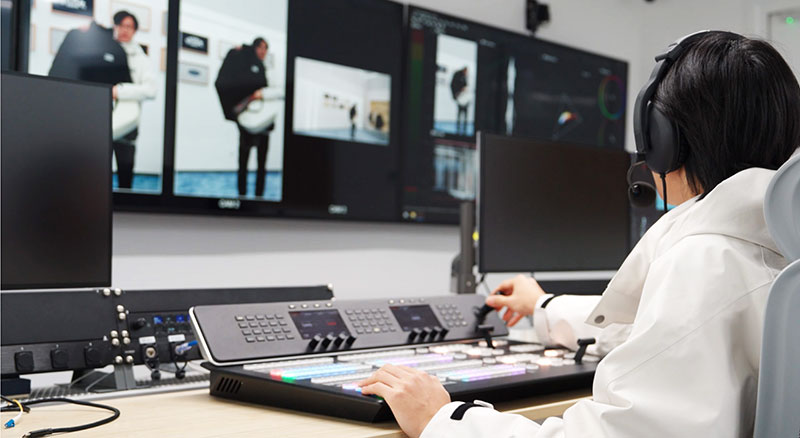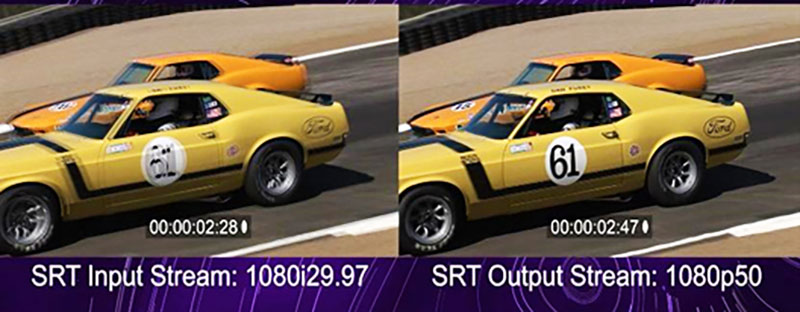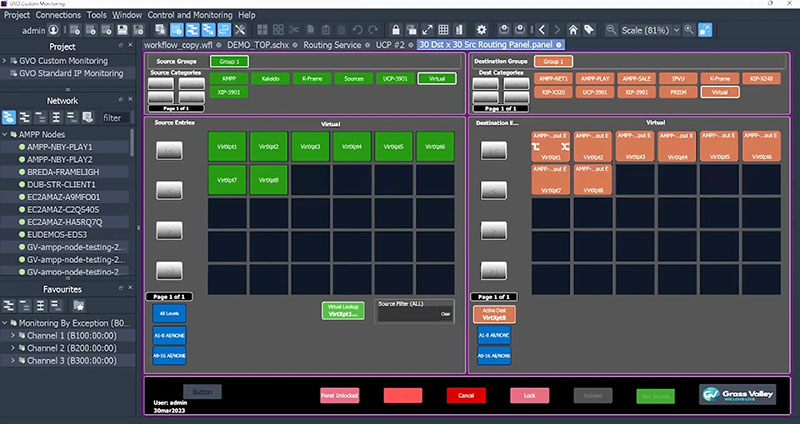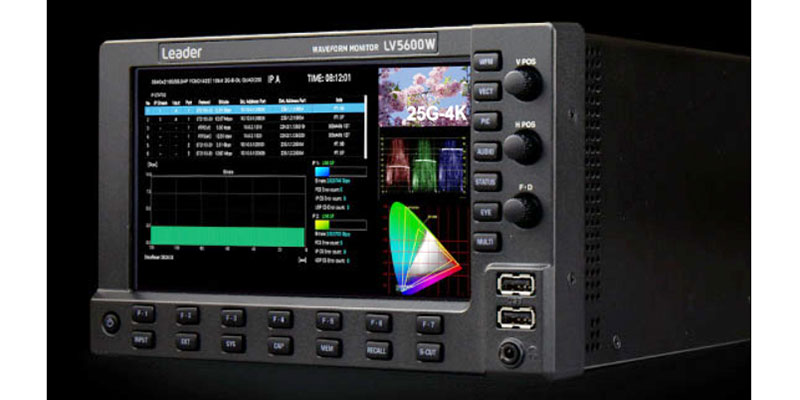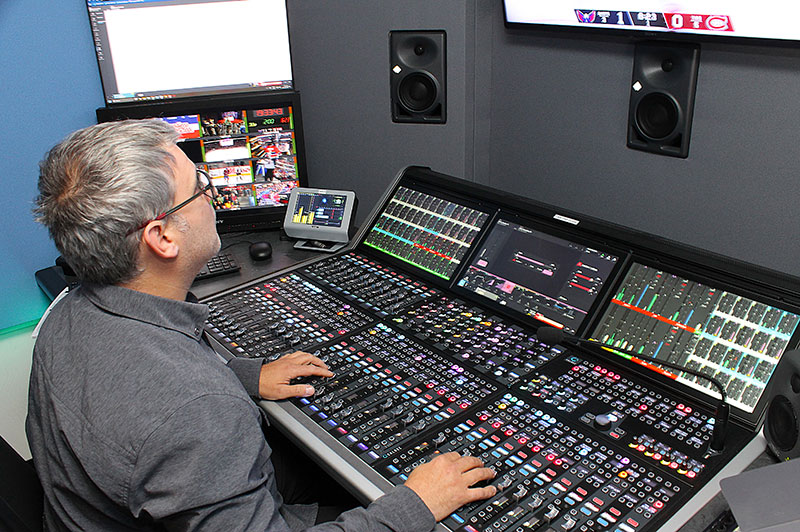At SMPTE METexpo, Grass Valley led a panel on the trend to move media workflows away from fixed hardware toward flexible, software-defined systems, and how standards can contribute.
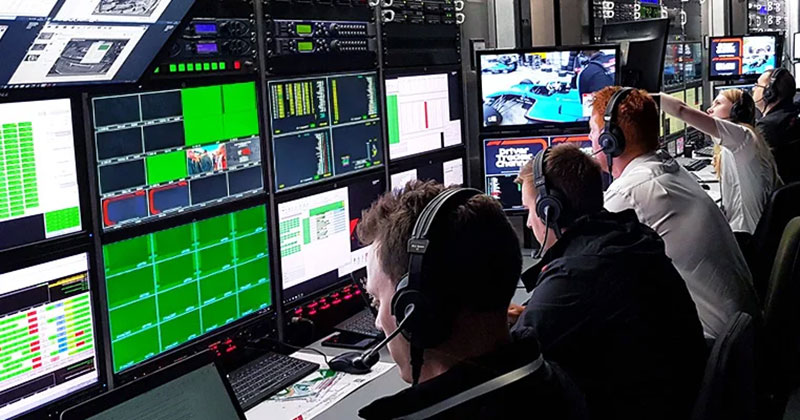
At the SMPTE METexpo 2025 conference and exhibition in Sydney, held 29 to 31 July, Grass Valley led a panel titled ‘Software Defined Media Processing and Workflow’, addressing the trend to move media workflows away from fixed hardware toward flexible, software-defined systems. On the understanding that broadcasters stand to gain agility, scalability and efficiency through this kind of processing, the panel explored its evolution within infrastructures from production to playout.
The participants also highlighted the upcoming EBU MXL standard that defines multivendor interoperability in these environments. Led by Grass Valley’s Regional Sales Director and Key Account Manager Tony Moran, the panel included Paul Barrett, CTO and co-Founder of The HELM Technology; Chris Johnson, Director Oceania at Riedel Communications; Klaus Weber, Director for Product Marketing from Grass Valley; and CEO Padraig O'Donovan from Layer Cake.
Tony Moran commented that software-defined processes are still a recent development for broadcast operations, compared to developments in other industries. In particular, servers with software-defined capabilities have been available for some time but for broadcast, orchestration is now a primary interest. Chris from Riedel noted that, beyond re-purposing hardware to handle different inputs, there’s a need to widen the scope to fill in the gaps that have existed in the workflow and stitch the pipeline together.
As an example, Klaus talked about Grass Valley’s AMPP services. “AMPP originally focussed on playout, but now aims to address workflows end to end. This requires integration to support synchronisation of services, achieved through a control layer with pay per use management. Today organisation want to put together their own ‘best of breed’ integrations,” he said.
All participants on the panel agreed that, therefore, software-defined environments will need standards to move forward, and discussed the ability of the EBU’s MXL standard, now in development, to support that need. As always, technological shifts in broadcast operations first need a framework to be put in place.
MXL refers to the Media eXchange Layer of the Dynamic Media Facility (DMF) reference architecture, and the EBU’s MXL initiative aims to create open source software for it as a control layer in the stack. The goal is to enable interoperable exchange of media between professional AV production software, giving ample flexibility and ways to handle workloads on existing hardware.

Fostering the ‘achieving more with less’ idea, MXL focusses on Media Exchange and prioritises software creation and quick development iteration. A joint effort between professional users and solution implementation engineers, it should ideally remain a global initiative, not limited to one company or region.
The Dynamic Media Facility (DMF) concept itself is about moving media processing from separate pieces of hardware to virtual containers running on servers, located locally or in the cloud. The MXL code package goes on from there by also virtualising the connections between them, and standardising how media processing functions running in such virtualised environments can share and exchange data with each other.
Regarding flexibility, production environments that don’t rely on hardware connections are easier to scale to the right size to accommodate different projects, allowing producers to use either on-premise or cloud-based compute resources. Over time, having this choice affects how producers consider infrastructure investment. The model also creates opportunities for vendors.
Padraig from LayerCake remarked that one of the advantages of the software-defined approach is the ability to start small and build more complex workflows on the network. “Broadcasters must be able understand IT and networking sufficiently. Currently, the industry has a skills shortage in this area that is still a challenge for vendors, who need to communicate to broadcasters what they have on offer.”
For that reason, developers like those at Grass Valley, for instance, are working toward ease of use, which is expected to combat the problem alongside standardisation. “MXL projects are ultimately about change, or managing and adapting to change, and improving communication across vendors’ products so that teams can use whatever workflows suit their projects,” Padraig said. www.smpte.org/oceania




